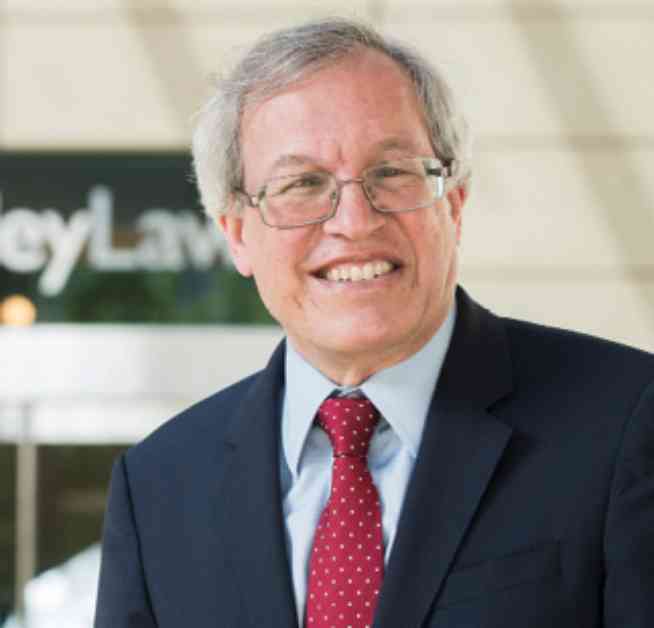SCOTUS to Revisit President’s Power to Fire Officials
The U.S. Supreme Court finds itself at the forefront of a significant legal battle involving the powers of the president to dismiss officials within the executive branch. At the heart of this case lies the fundamental question of whether a president can terminate individuals from their roles despite existing statutory regulations intended to limit such actions. Furthermore, the broader issue at stake is the extent to which “independent regulatory agencies” can operate with a degree of autonomy from the president’s influence.
The Case: Bessent v. Dellinger
In the case of Bessent v. Dellinger, the spotlight is on Hampton Dellinger, the head of the Office of Special Counsel, an independent agency tasked with protecting whistleblowers and enforcing ethics laws. Dellinger was appointed by President Joe Biden in 2024 to a five-year term, with Senate confirmation under a statute specifying that the Special Counsel can only be removed by the president for inefficiency, neglect of duty, or malfeasance in office.
On February 7, Dellinger received a terse email informing him of his dismissal without any stated reasons. Despite the lack of justifications for his removal, the U.S. District Court for the District of Columbia issued a temporary restraining order against his firing, a decision upheld by the U.S. Court of Appeals for the District of Columbia Circuit. The Trump administration subsequently sought Supreme Court intervention to lift the restraining order, but the Court, on February 21, declined to address the matter immediately.
The Historical Context of Independent Regulatory Agencies
The concept of independent regulatory agencies dates back to 1887 with the creation of the Interstate Commerce Commission to oversee railroad rates. Over the years, numerous crucial agencies such as the Federal Trade Commission, the Federal Communications Commission, and the Securities and Exchange Commission were established. Unlike cabinet positions, the commissioners of these agencies are appointed by the president but enjoy protection from arbitrary removal, with statutes often mandating termination only for specific causes.
In landmark cases such as Humphrey’s Executor v. United States and Wiener v. United States, the Supreme Court affirmed Congress’s authority to shield regulatory agencies from direct presidential control. These decisions emphasized the importance of ensuring independence in agencies tasked with quasi-legislative or quasi-judicial functions. Subsequent rulings, including Morrison v. Olson and Seila Law v. Consumer Financial Protection Bureau, reiterated Congress’s ability to limit removal where independence from the president is deemed necessary.
The Trump Administration’s Position and Opposition
The Trump administration’s stance challenges established precedents by contending that statutory limits on presidential removal are unconstitutional. Acting Solicitor General Sarah M. Harris articulated this viewpoint in a letter to Senator Richard Durbin, rejecting the validity of existing constraints on firing executive branch officials. Through an executive order titled Ensuring Accountability for All Agencies, the administration asserted the president’s unfettered authority to dismiss agency personnel without adhering to statutory requirements, highlighting a unitary executive theory that consolidates executive power under the president.
Critics of the unitary executive theory argue against its historical basis, emphasizing the framers’ intent to distribute and balance federal powers. They caution against unchecked executive authority and stress the importance of preserving independence for agencies like the Federal Reserve Board and organizations handling whistleblower complaints.
The Supreme Court’s Dilemma
While the Supreme Court refrained from immediately addressing the Trump administration’s challenge in the Dellinger case, the impending decision carries significant implications for the balance of power within the federal government. The Court faces the pivotal task of determining whether to uphold longstanding precedents safeguarding independent agencies or embrace an expansive view of presidential authority.
Chief Justice John Roberts’ opinion in Trump v. United States hinted at a possible inclination towards the unitary executive theory, underscoring the president’s unique constitutional role. However, the Court’s historical support for independent agencies and limitations on removal presents a formidable obstacle to a wholesale adoption of this theory. The upcoming ruling will likely shape the landscape of executive power and congressional oversight for years to come.
In the words of Erwin Chemerinsky, a distinguished expert in constitutional law, the implications of this case extend far beyond the immediate legal context. The delicate balance between executive authority and institutional checks and balances hinges on the Supreme Court’s forthcoming decision, which will undoubtedly shape the future trajectory of American governance.
As the nation awaits the Court’s verdict on the president’s power to fire officials, the enduring principles of constitutional law and democratic governance stand at a crossroads, poised to define the boundaries of executive control and institutional independence.















